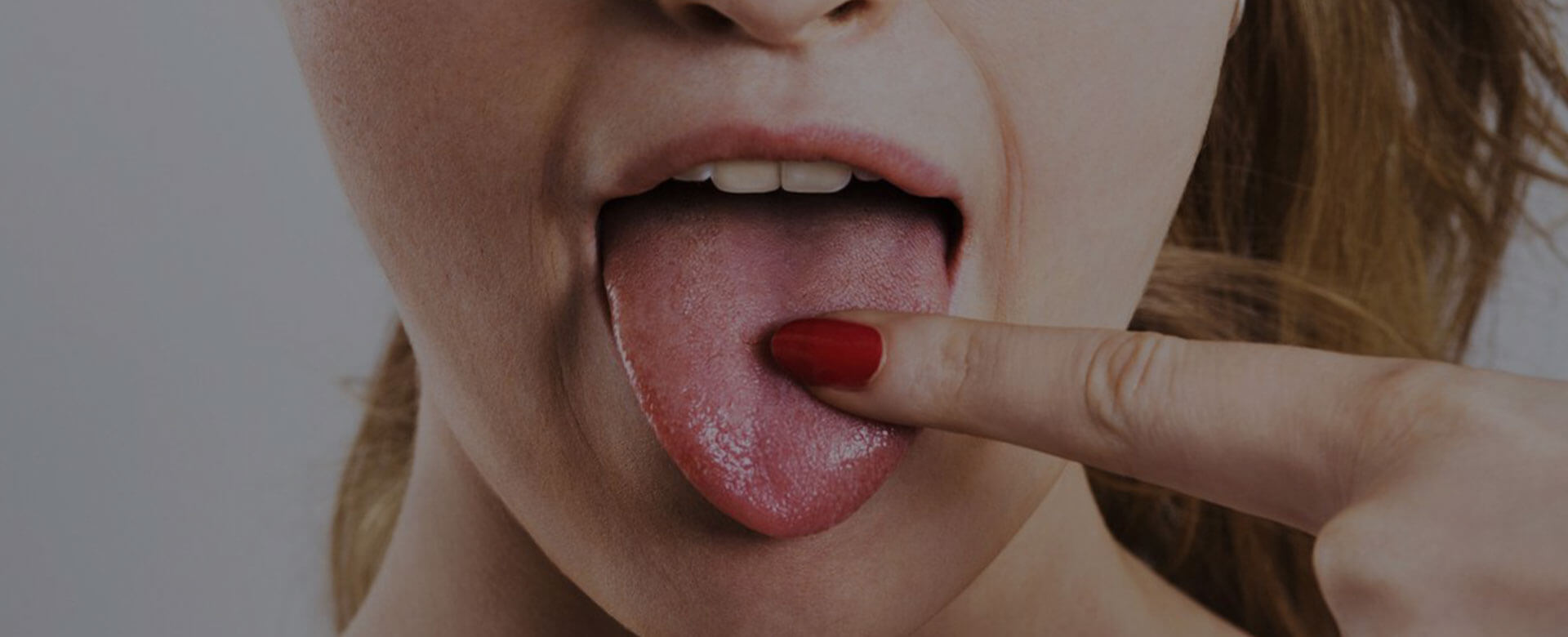The injection of expanded stem cells from adipose tissue into salivary glands is a safe approach to xerostomia treatment. In a study published in Stem Cells Translational Medicine, a team of Danish researchers demonstrated that when injected into the major salivary glands of head and neck cancer patients that were damaged by radiation therapy, these stem cells elicited no serious adverse events. What is more, saliva flow rates increase, while xerostomia perceived symptoms decrease.
What is xerostomia and how is it treated
Xerostomia is a condition characterized by oral dryness, oral burning, swallowing difficulty, and altered or decreased taste. Dry mouth can result from decreased production of saliva, and be elicited by a variety of causes, the principal among which are medications, pathologies such as Sjögren syndrome, and head and neck radiation therapy. In fact, salivary gland hypofunction and resulting xerostomia are the most prevalent long-term complications of radiation therapy for head and neck cancer. The magnitude of reduced salivary function depends on the amount of the gland tissue that is irradiated, and the dose, and chances of significant recovery depend on treatment doses; usually, pre-radiation salivary flow is not regained.
Xerostomia induced by medications can be managed by stopping or swapping the drug. For other causes, the main goal is simply symptomatic relief. Patients are educated on lifestyle habits such as frequent water sipping and increasing fluid intake, chewing gum or sucking candy, avoiding dehydrating substances (caffeine, tobacco, alcohol) and dry or hard-to-chew foods, and regular oral hygiene and dental care. Artificial saliva can be helpful, and in some cases drugs promoting the secretion of saliva (such as pilocarpine) are prescribed; however, such drugs need to be taken several times a day, and are effective only in the presence of some residual salivary gland function. Moreover, they are associated with unwanted adverse effects, including sweating, nausea, and rhinitis. Other drugs and remedies (physostigmine, malic acid, anethole trithionate, amifostine, electrical stimulation) proved to be effective in some cases.
Unfortunately, symptoms of xerostomia from chronic and irreversible causes, such as the head and neck cancer irradiation-related one, tend to persist. Stem cell treatment represents an innovative, valuable solution for such cases.
Expanded stem cell injection: safety evidence from the science
The authors of the study published in Stem Cells Translational Medicine tested the safety of the injection of stem cells obtained from the adipose tissue of healthy donors into the submandibular and parotid glands of 10 men and women with radiation-induced xerostomia after head and neck cancer treatment. At the same time, they looked for some preliminary signs of treatment efficacy.
Stem cells were expanded in the lab to obtain sufficient amounts for the treatment. Then, they were cryopreserved until injection into the submandibular (25 million cells in each) and parotid (50 million cells in each) glands. Patients were followed-up at day 1 and 5 and at 1 and 4 months after the injection, looking for:
- treatment-related serious adverse effects;
- changes in salivary flow rates;
- whole saliva composition;
- quality of life (including xerostomia questionnaire);
- salivary gland function (measured by scintigraphy).
Salivary flow rates and composition were compared to healthy control participants.
No serious adverse events were registered. Patients complained about parotid injection-related pain; however, the pain quickly subsided. The authors observed a 50% increase in UWS (resting Unstimulated Whole Saliva) flow rate and a 20% increase in SWS (chewing-Stimulated Whole Saliva) flow rate. What is more, patients felt an alleviation of xerostomia, mirroring the increased UWS flow rate. According to the authors, this results «may open a new frontier in providing treatments to minimize radiation-related morbidity after HNC [head and neck cancer, ndr] treatment.»
How to undergo stem cell treatment for xerostomia
«Adipose-derived stem cells are easy to obtain, and can be efficiently expanded in the lab», is the comment of Giuseppe Mucci, Bioscience Institute CEO. «The ones used in this study were allogeneic stem cells, that is, stem cells obtained from a donor. However, they can be isolated from fat from liposuction from the “critical areas” (such as the abdomen or thigh) of the patient that will be treated. That means that they can be both easily obtained in case of need and preventively stored as a ready-to-use cryopreserved batch.»
Everyone can decide, in every moment of his/her/their life, to cryopreserve his/her/their Adipose-Derived Stem Cells (ADSCs) for future use, including xerostomia treatment. For further information on the cryopreservation of stem cells from adipose tissue or XEROSKILL (that is, Bioscience Institute’s stem cell-based solution for xerostomia), please visit our website, or feel free to contact us at info@bioinst.com. Our biologists will answer your questions with no commitments on your part.
References
- Lynggaard CD et al. Intraglandular Off-the-Shelf Allogeneic Mesenchymal Stem Cell Treatment in Patients with Radiation-Induced Xerostomia: A Safety Study (MESRIX-II). Stem Cells Transl Med. 2022 May; 11(5): 478–489. doi: 10.1093/stcltm/szac011
- Talha B and Swarnkar SA. Xerostomia. [Updated 2022 May 21]. In: StatPearls [Internet]. Treasure Island (FL): StatPearls Publishing; 2022 Jan-. Available from: https://www.ncbi.nlm.nih.gov/books/NBK545287/


